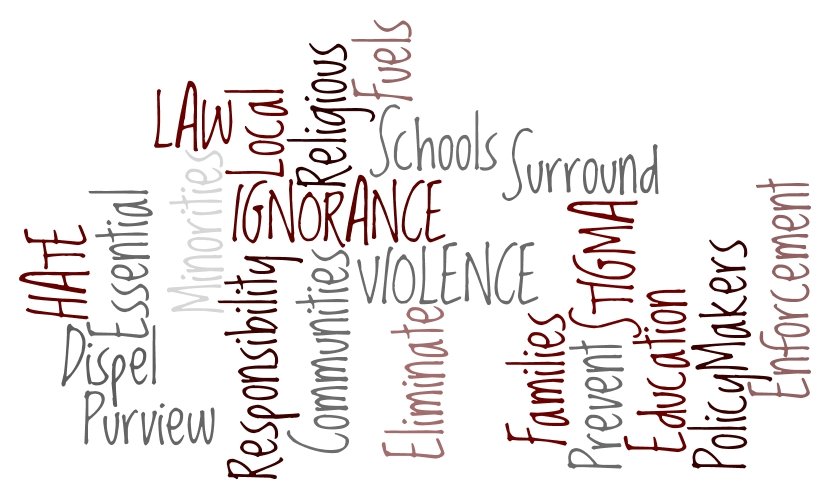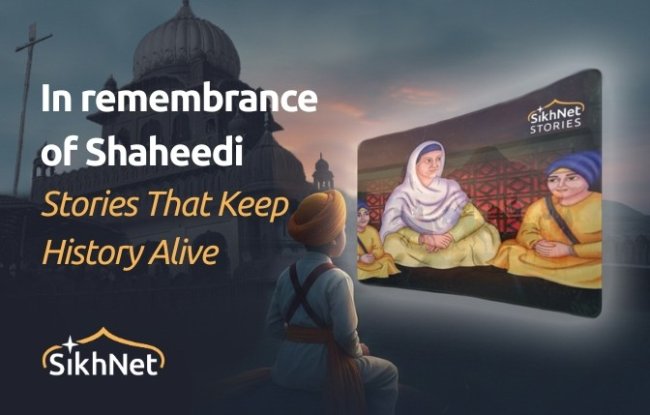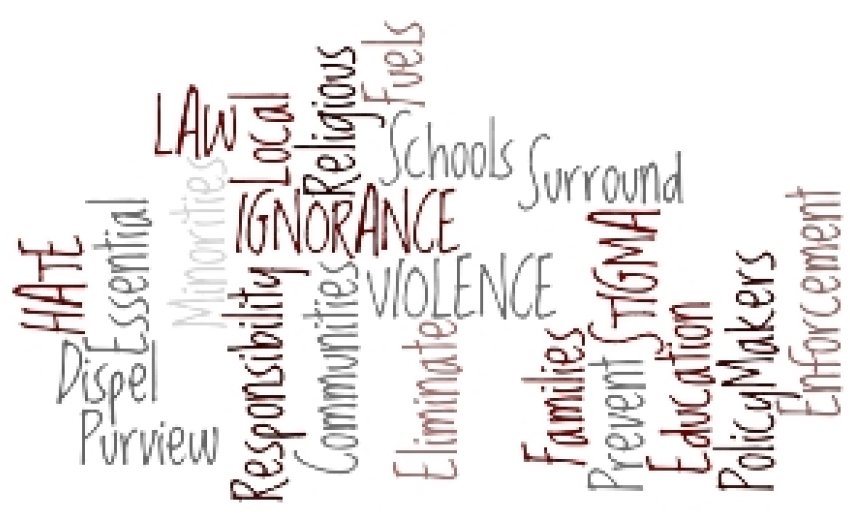August 17, 2012:  The Sikh massacre in Wisconsin unfolded in real time for thousands of spectators on August 5, 2012—almost simultaneously, one could hear Sikh voices expressing shock and outrage at what was happening on Facebook, Twitter, and Sikh mailing lists.
The Sikh massacre in Wisconsin unfolded in real time for thousands of spectators on August 5, 2012—almost simultaneously, one could hear Sikh voices expressing shock and outrage at what was happening on Facebook, Twitter, and Sikh mailing lists.
Compare this to what happened over 25 years ago. In November of 1984 more than 3,000 Sikhs were killed in the capital city of India and adjoining areas, in violence that was backed by members of the ruling political party. The only sound that was heard in the aftermath of 1984 was the sound of state silence and denial. The organized Sikh genocide was dismissed as spontaneous ‘riots’ by state authorities.
In comparing the Wisconsin tragedy to the abominable Sikh killings of 1984, I want to highlight the almost immediate therapeutic character of the internet in processing traumas: the internet’s ability to shrink time and space extends to the very way in which a group trauma is coped with. Compared to the massacre of 1984, when the community was forced to hide their trauma as a shameful secret, the Wisconsin tragedy points to the internet is becoming a space for dealing with trauma openly and with the support of other groups.
Trauma involves an inability to speak about a terrible experience immediately—only the passage of time can create room for expression. A unique identity starts developing for a community that acknowledges trauma. This is true even when members of the community might know about the trauma only indirectly, such as Sikhs in New York taking on the wounds of their fellow community members in the small community of Oak Creek, Wisconsin, or American Sikhs speaking for the Indian victims and survivors of 1984.
Admittedly, there are vast differences in the reasons for why members of the Sikh community found themselves under siege in two different contexts and times. The Wisconsin tragedy is unfolding, but it is quite clear that the perpetrator, Wade Michael Page, was motivated by xenophobia.
On the other hand, the massacre in India 28 years ago was a culmination of tensions between the Indian state and the Sikh community. The most sacred of all Sikh places of worship or gurdwara had been occupied by the Indian army under state surveillance in June 1984. The anger at the desecration of the gurdwara found an extreme response when prime minister Indira Gandhi was assassinated by two of her Sikh bodyguards on October 31, 1984. What followed was a systematic targeting of innocent and unsuspecting members of the Sikh community.
Still, the Sikh identity is shaped both by both the massacres of 1984 and 2012. I loathe to say this, but what if the 1984 massacre had happened today? Could the ruthless terror unleashed on innocent Sikhs have been curtailed before it became a trauma of magnifying proportions that the world continues to remain oblivious to? Could the effects of that trauma have been lessened?
Even today it is only a handful of what sociologist Arlene Stein calls ‘memory-workers’ who are using the internet in defining 1984 as a trauma. These memory-workers have expanded numerically and are joined by other Sikhs reacting to the Wisconsin trauma swiftly.
The internet has acquired therapeutic value even as a trauma unfolds. Sikhs are writing about their experiences of being a Sikh in America, tweeting and updating their Facebook statuses to express solidarity with the larger community, organizing candlelight vigils and creating online groups to spread the word about the Wisconsin attack.
My most fervent hope is that just as the internet might be transforming the very notion of trauma by speaking the unspeakable in real time, it can also start addressing the very deep-rooted prejudices that create such horrific episodes as the Wisconsin gurdwara attack and 1984 in the first place.
A minority community should not have to shriek its existence, virtually or in the real world.

